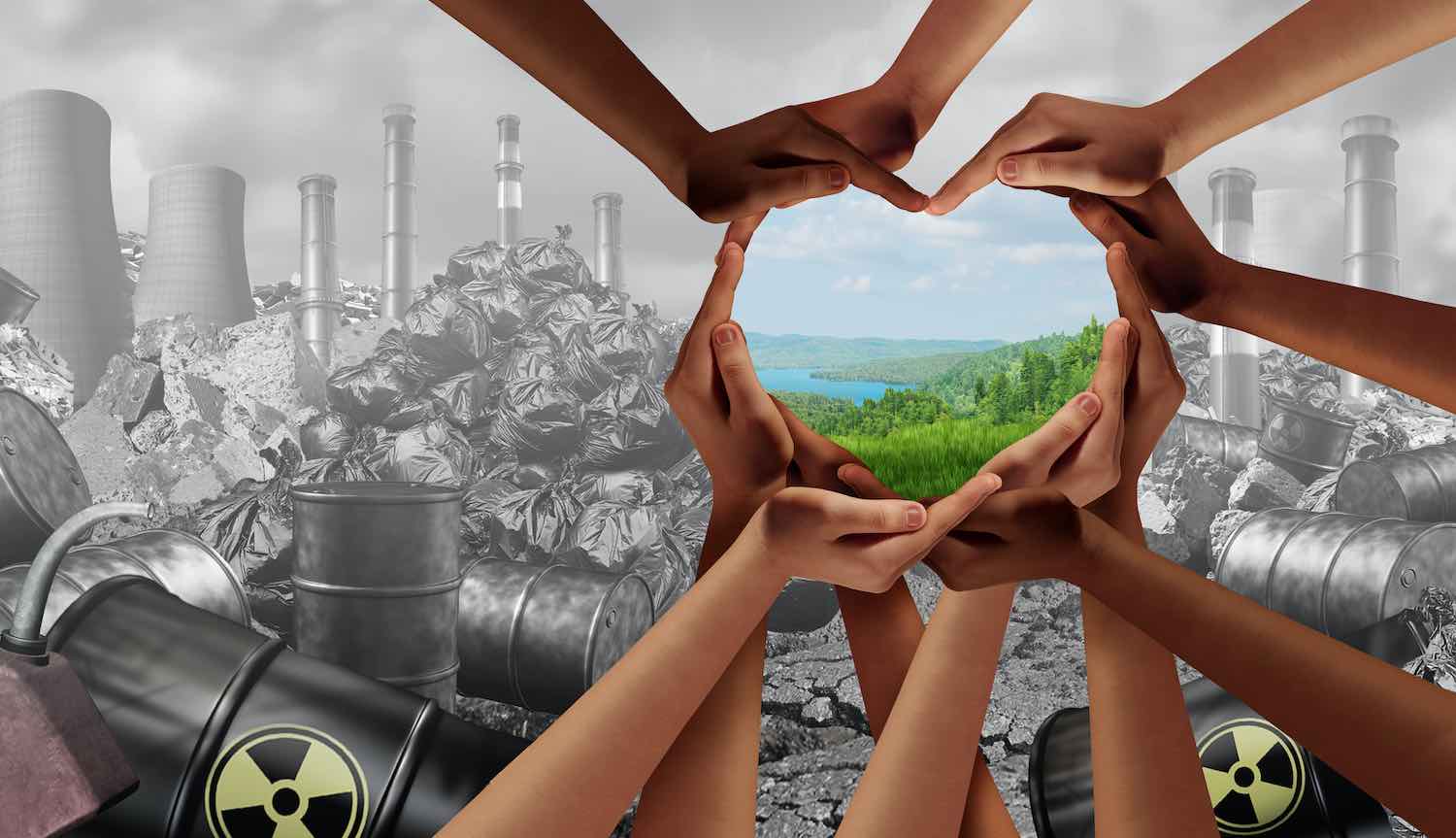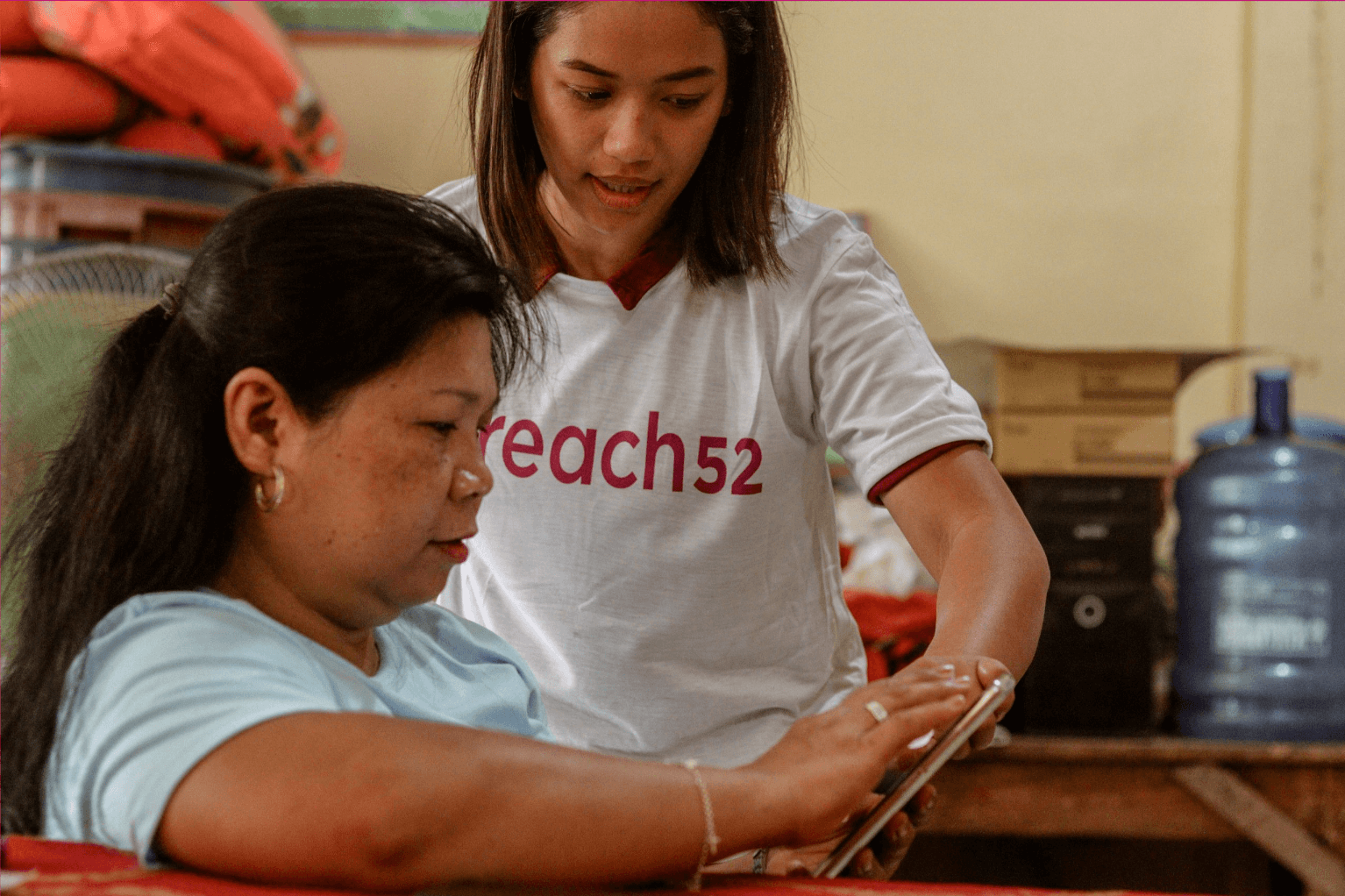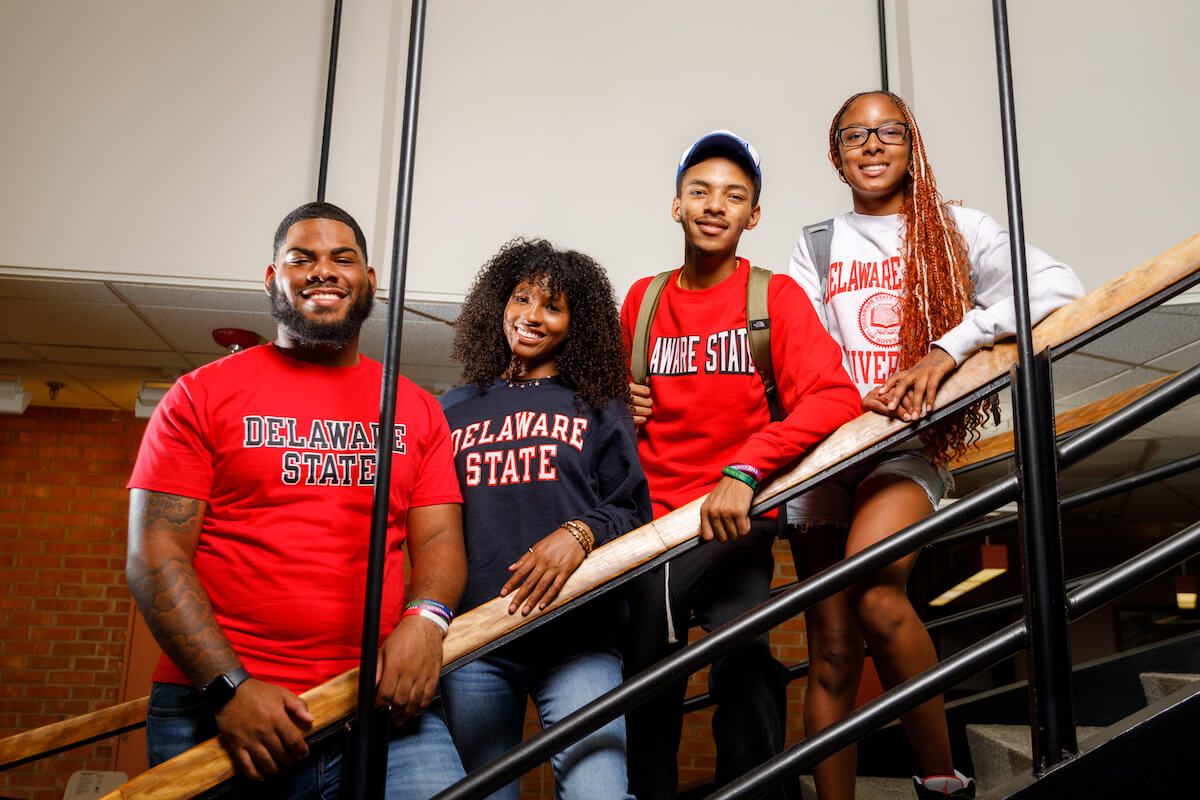Pollution and climate change disproportionately affect communities of color. In the U.S., decades of systemic racism and economic disadvantages mean Black and Hispanic communities bear a significant air pollution burden and a 40% greater likelihood of having unsafe drinking water. They are also less likely to have sufficient healthy food choice options, and tend to be at more risk from the looming impacts of climate change.
In his presidential campaign, Joe Biden and his team have pledged to focus on such impacts as part of their environmental justice platform, saying that they would “ensure that communities harmed by climate change and pollution are the first to benefit from the Clean Economy Revolution.” In my recent conversations with both Congressional staffers and members of the impact community, most still see this as a top priority when thinking about policy and philanthropic priorities for 2021 and beyond.
One important way we can address these inequities is by investing in solutions that can transform the failing infrastructure plaguing these communities. Many of the ideas being proposed center around the need to promote local sustainable solutions for disadvantaged communities through increased incentives for adoption, jobs training, and targeted financial investment.
These are all good and necessary priorities, but miss a vital part of the equation: Who will build the infrastructure that can empower and transform these communities? Local project developers are key to ensuring a just energy transition.
Distributed opportunity
Small-scale, sustainable innovations and solutions have emerged over the past few decades across the energy, food, water, waste and transportation landscape. The time is right for distributed energy resources such as rooftop solar plus batteries for clean energy and resilience, electric vehicles for last-mile delivery and mass transport, indoor urban food production, and small-scale waste-to-energy systems.
All of these ideas are proven, cost-competitive and ready for prime time. What’s more, they would provide significant benefits for marginalized communities, including reduced local pollution, new jobs, improved health and economic development.
Each of these solutions involves the deployment of physical assets. For that you need the innovation itself, the capital to pay for the solution, the contractors to install the solution, and, of course, the customer. But when it comes to actually building these assets – the new infrastructure – you also need someone to find the site, pay for the engineering, arrange necessary permits, obtain the financing, and oversee the contractors. That’s what a project developer does.
These developers are a specialized type of entrepreneur, and they don’t tend to be supported by venture capital, or impact investors, or entrepreneurship programs like accelerators. As a result, they don’t tend to benefit directly from impact-oriented economic development efforts.
There’s an emerging field of investment firms (of which my firm is one) that are looking to address this “project finance gap” by investing in precisely the kinds of distributed, sustainable solutions like those listed above. So we interact on a daily basis with project developers and entrepreneurs from across America. It is painfully obvious to investors like us that most of the project developers in the renewables and sustainability space in the U.S. do not come from the disadvantaged communities that need them the most.
At Spring Lane, we are currently tracking over $8 billion in sustainable infrastructure investment opportunities, and while we have financed the construction of food, clean water and waste projects in low-income communities, less than 10% of that current opportunity pipeline is for projects where the developers themselves are based in such communities.
It’s hard to pinpoint industry-wide data on the subject. But data on the lack of diversity in the solar industry (probably the biggest category of distributed sustainable infrastructure) is suggestive: A 2019 study by the Solar Foundation and SEIA found that among all senior executives reported by solar firms, 88% are white (and 80% are men), “presenting a pronounced lack of diversity across gender, ethnicity, and race at the executive level.”
Given the dearth of project developers based in these communities, it’s no wonder that so many of the incentives designed to promote the adoption of sustainable solutions end up boosting their use outside of the communities where they’re most needed. A recent study of incentive programs in California concluded that the state’s “programs to subsidize rooftop solar and electric cars are disproportionately benefiting wealthier homes that often use more energy than they need to live comfortably. And they’re disproportionately leaving behind lower-income families.”
The missing piece of the puzzle is local entrepreneurs who take on the project development challenge for sustainable solutions within their own communities.
Here are some ways that the impact community can help bridge this gap.
Tailor programs for project leaders. Guide entrepreneurship training programs in these communities to provide support for emergent project developers. Provide specialized training and mentorship programs for the specific types of skills and knowledge that project developers need.
Resource match. Fund match-making activities that will help both new and existing project developers (for instance, those active in real estate development) to learn about opportunities in clean energy, food, water, waste and transportation, and connect them with impact investors and project finance to support their early efforts.
Look for local champions. Provide additional support for the community-based non-profit organizations that can raise awareness of and be champions for such localized, sustainable solutions.
Policy prods. Advocate for regional policies that purposefully favor adoption of sustainability solutions in low-income communities, perhaps providing additional incentives for projects being developed by entrepreneurs who are actually based in those same communities.
All of these types of activities are in the wheelhouse of what impact investors and philanthropic organizations already do. It’s a matter of explicitly calling out the project developer gap, and purposefully addressing it alongside other economic development and policy work. Addressing this gap will be critical for achieving the environmental justice and economic development goals that so many within the impact community are now focused on.
Rob Day is general manager of Spring Lane Capital.











